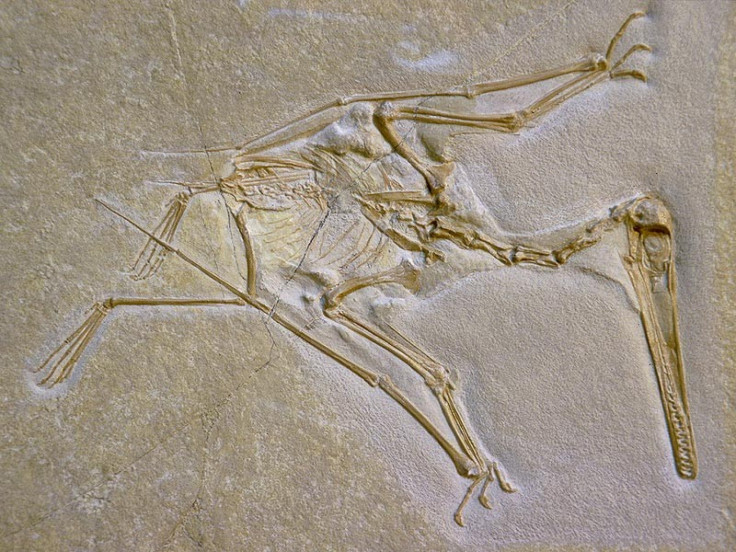Fossil of Iconic Bird Ancestor May Not be Bird After All [PHOTOS]

In 1861, the discovery of the archaeopteryx fossil was a big deal. The fossil had feathered wings like a bird but teeth and bony tail like a reptile.
It was hailed by new disciples of Charles Darwin as proof that modern creatures were the result of the evolution of ancient ones.
It also held the honor of being the oldest known fossil of the bird species. In subsequent years, theories of the bird species evolution drew heavily on archaeopteryx.
However, a recent provocative study from Xing Xu of Linyi University challenges the classification of archaeopteryx as a bird and threatens to overturn everything that's based on that assumption.
Xu and his team claim that archaeopteryx may not be a bird at all. Instead, it might just be a flying and feathered reptile that didn't rise to modern birds.
To the general public, wings and flight are the most widely-known characteristics of birds. However, wings and flight alone don't define birds and not everything that has wings and flies is a bird. For example, bats are mammals and pterosaurs are reptiles.
Xu and his team pointed out that the structure of archaeopteryx's skull, pelvis, toes, and legs suggests it's better classified as a deinonychosaur (reptile) rather than a bird, reported LA Times.
Another feature of the archaeopteryx that supports this re-classification is a large hole in front of the eye, reported BBC.
To be sure, the assertion of Xu's study doesn't challenge the scientific community's assumption that birds evolved from dinosaurs. However, they may have to look elsewhere to bestow the title of the oldest known bird fossil. Moreover, the theory of evolution may have lost one of its early icons.
Revisions of evolutionary trees constructed by scientists aren't that rare. What fossils present is often unclear and contains missing links. The discovery of new fossils or new analyses, therefore, frequently challenges old assumptions.
© Copyright IBTimes 2025. All rights reserved.





















